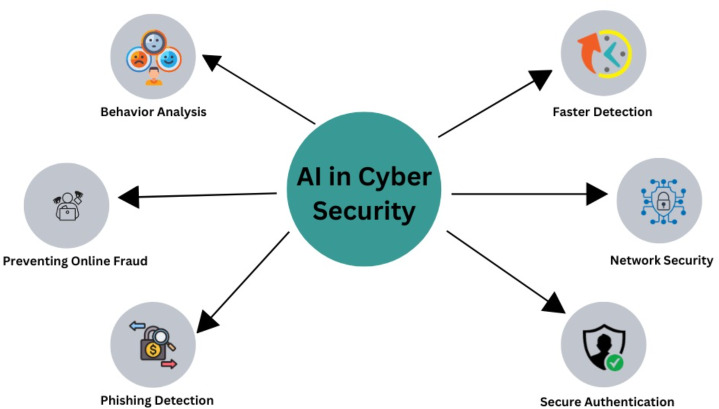Blockchain-Enabled Marketplaces and Dynamic Pricing
Smart grids are evolving to integrate advanced digital technologies, including blockchain, to support peer-to-peer energy trading and dynamic pricing strategies. Blockchain-enabled marketplaces help ensure transparency and security in pricing, as smart contracts facilitate automated updates and game-theoretic models enable fair competition among market participants[3]. This decentralized approach tackles the opaque nature of traditional pricing models by storing and verifying pricing data in a tamper-proof ledger, which enhances consumer confidence and fairness in the energy market[3].
Regulatory Sandboxes and Innovation in the Energy Sector
Regulatory sandboxes have emerged as a practical solution to support innovation in the energy sector by providing a controlled testing environment for new technologies and business models. These frameworks allow innovators to experiment with novel applications — such as peer-to-peer trading platforms and dynamic tariff structures — without immediately facing the full extent of existing regulatory requirements[4]. The approach not only helps regulators learn and adapt to emerging technologies but also promotes collaboration between policymakers, industry stakeholders, and innovators in refining energy policies and market practices[4]. In Europe, these sandbox initiatives have accelerated the deployment of clean energy solutions by streamlining approval processes and providing a safe space to trial renewable energy integration, energy efficiency measures, and innovative grid solutions[5].
Barriers to Smart Grid Adoption: Consumer Concerns and Cybersecurity Challenges
Despite significant technological advancements, the adoption of smart grids faces several critical barriers. High initial costs, integration challenges with legacy systems, and regulatory hurdles continue to slow broad-scale implementation[6]. In addition, consumer adoption is impeded by concerns over data privacy and skepticism surrounding the benefits of smart grid technologies, where detailed energy consumption data may expose sensitive information if not properly safeguarded[6].
Cybersecurity remains a paramount concern due to the increased reliance on digital communication and data exchange in smart grids. Vulnerabilities arising from outdated legacy systems, a lack of standardization across grid components, and potential cyberattacks place the integrity and reliability of energy delivery at risk[6]. Mitigating these risks requires robust encryption, regular security audits, and comprehensive employee training to build a resilient and secure smart grid infrastructure[6].
Integrating Innovations for a Resilient Future
The convergence of blockchain-enabled dynamic pricing, innovative regulatory sandboxes, and robust cybersecurity measures positions smart grids to be the backbone of a future energy system that is both efficient and secure. Integrating these advanced solutions promises not only to optimize energy distribution but also to empower consumers with the choice and control necessary in a decentralized market[3]. As policymakers, industry players, and researchers continue to collaborate within sandbox frameworks and refine the technical and regulatory aspects of smart grids, the evolving ecosystem is expected to overcome current adoption barriers and establish a transparent, resilient energy market that supports widespread peer-to-peer trading and sustainable energy practices[5].
Get more accurate answers with Super Pandi, upload files, personalized discovery feed, save searches and contribute to the PandiPedia.
Let's look at alternatives:
- Modify the query.
- Start a new thread.
- Remove sources (if manually added).







